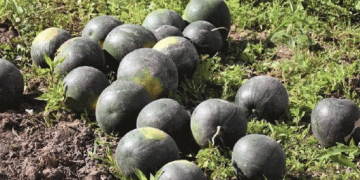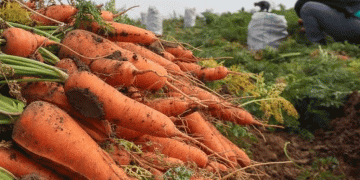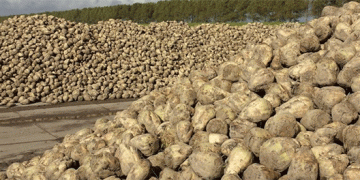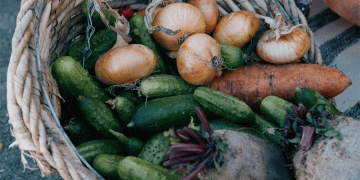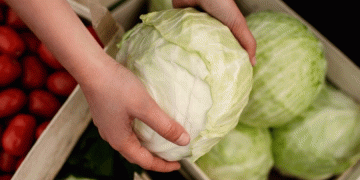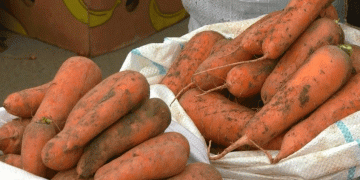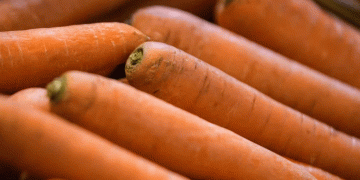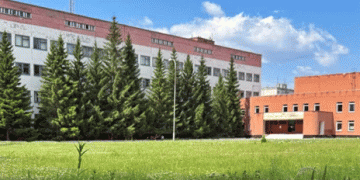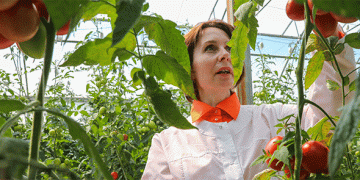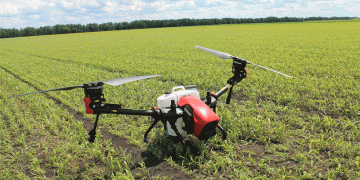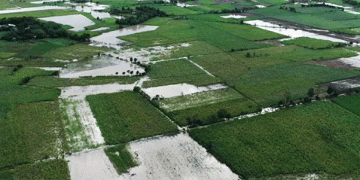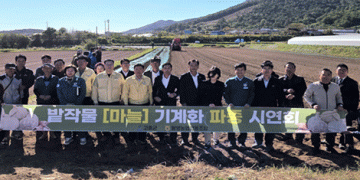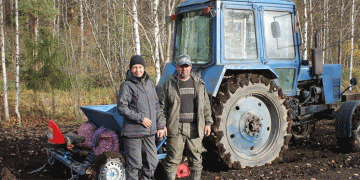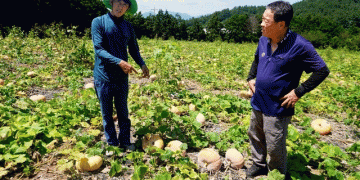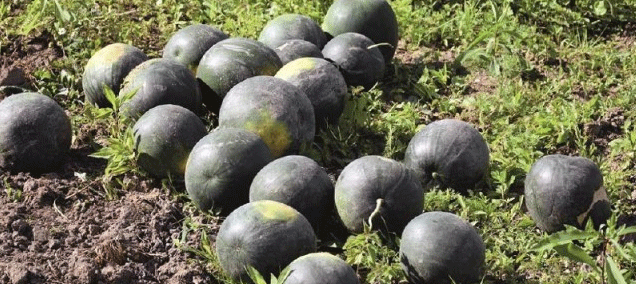In an ambitious agricultural experiment, farmer Vitaly Serov in the Zelenogradsky district of Kaliningrad Oblast is poised to harvest 15 tons of watermelons from a 0.5-hectare (1.24-acre) plot. This significant yield target is particularly notable given Kaliningrad’s cool, maritime climate, which is far from the ideal warm and dry conditions typically associated with melon cultivation. Serov is testing two different varieties to determine their viability and performance in the local environment.
This venture is part of a broader trend of agricultural diversification and intensification supported by state grants. In 2024, Serov was awarded a grant which he used to purchase a tractor and essential farm equipment, enabling him to expand his operations. His farm spans two hectares, where he cultivates a mix of open-field and greenhouse vegetables alongside the watermelon trial. The local market response has been positive, with residents reportedly eager to purchase the fresh, locally-grown “sweet berries.”
This is not the first foray into local watermelon production in the region. A precedent was set in 2014 by a private household plot in the Slavsky district, which successfully grew and sold over 10 tons of watermelons. This demonstrates a sustained, albeit niche, interest and proves that commercial-scale cultivation is possible in Kaliningrad with the right techniques and varieties.
Vitaly Serov’s project is more than a single farm’s diversification; it is a case study in adaptive agriculture and leveraging government support to test climatic boundaries. For farmers and agronomists, it underscores the potential to develop new, high-value local markets and reduce dependence on imported produce, which often suffers from quality degradation during long-distance transport. Success depends on selecting suitable short-season or cold-tolerant varieties, utilizing protective cultivation techniques if necessary, and accessing targeted financial support for mechanization. While challenges remain, such projects are crucial for enhancing regional food sovereignty, providing consumers with fresher produce, and inspiring other farmers to innovate beyond traditional crop choices.
